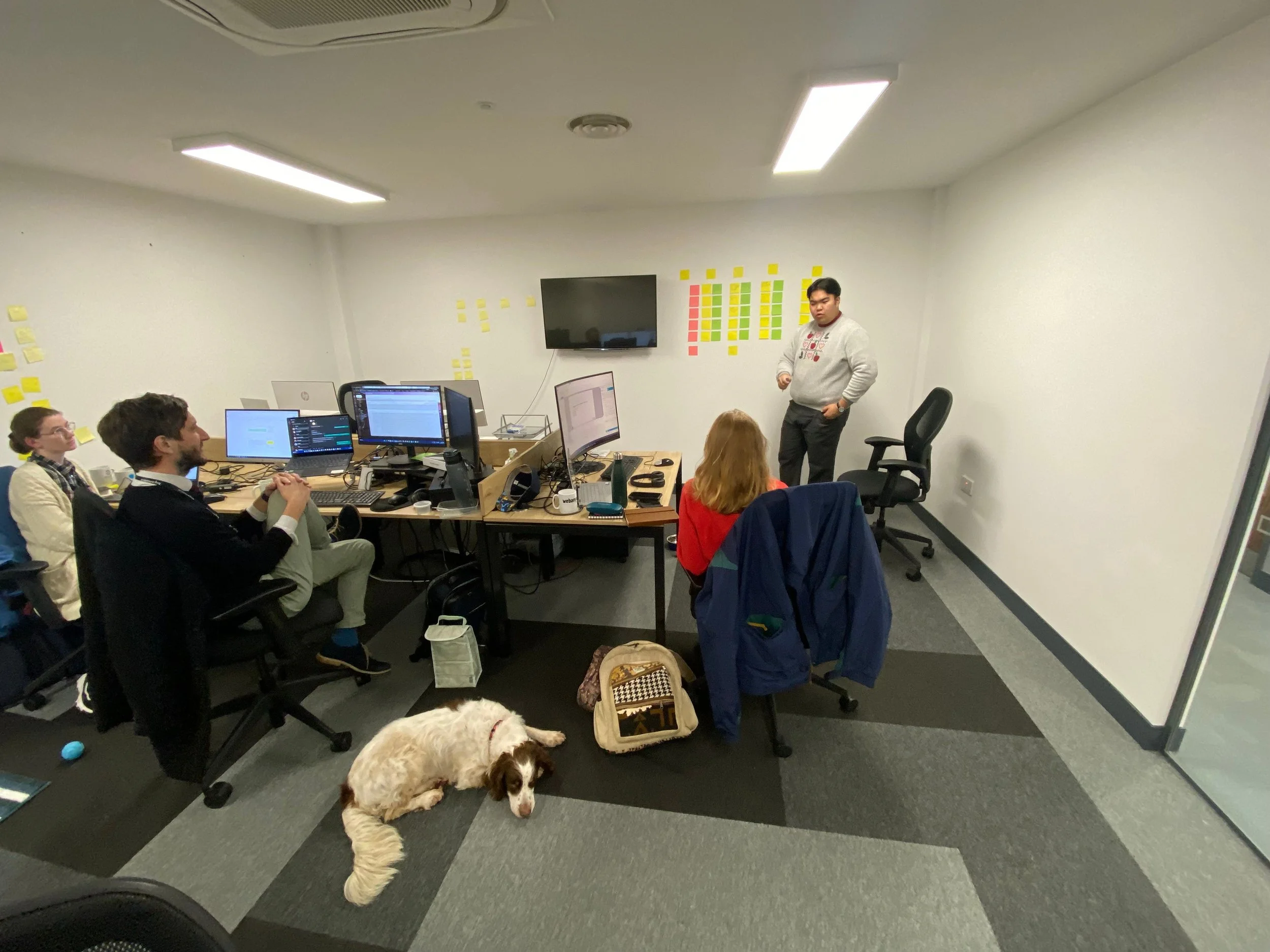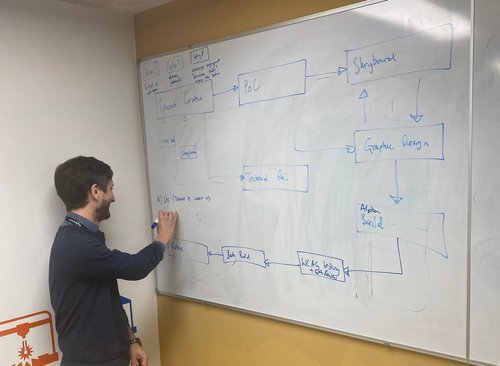Discover how to make your eLearning content engaging and inclusive by balancing the benefits of animations with accessibility needs, including a practical solution like the Animation Toggle Button—click to learn more!
Using a Learner's name in your content can add a valuable personal touch to your content and support greater engagement, but how easy is this to achieve in ELB Learning’s Lectora?
Read MoreAfter a few weeks of scoping, concept creation, storyboarding and graphic design, technical scoping and development, and QA and accessibility testing, it’s time to release the eLearning Journey gamelet into the wild and, importantly, listen to user feedback!
Read MoreMobile technology has transformed pretty much every aspect of our lives, changing how we communicate, work, learn and - importantly - play. This technological transformation can feel like a relatively recent phenomenon, but for readers that can remember having a Nokia 3210, you’ll know that the OG mobile game was Snake! It was easy to play and very addictive. So how can it improve learning engagement today?
Read MoreWith the gamelet built, it's time to put it through a rigorous process to ensure that it passes our Quality Assurance so it doesn't have any bugs in it and, importantly, meets strict accessibility criteria.
Read MoreWith storyboarding and graphic design work advancing well, now is the time to make the gamelet come to life. It’s time to build it!
Read MoreArticulate’s Storyline 360 product is a great tool for rapidly building eLearning courses and games but how do you create a flip card, and how can you make it accessible for all learners? Check out our video to find out.
Read MoreWith a clear scope, the creative concept agreed and work completed on a technical Proof-of-Concept to make sure that we can build the gamelet properly, the real fun starts with the Graphic Design stage!
Read MoreWhilst scanning Twitter (too much as usual), a short video hit Euan’s feed where a developer had created a video of a funky submit button.
If the user went to press the button before completing some mandatory fields, it would jump out of the way so they couldn't press it! We thought it was a cool idea so decided to riff on the concept using Articulate 360’s Storyline to make a quirky disabled button (besides just having a disabled state).
A technical development Proof-of-Concept (PoC) is an essential part of any build to minimise any need for subsequent re-working to enable user experience, functionality or accessibility. Also, it serves as a key step in determining whether our creative concept works in practice within the constraints that we have, or whether it is just that — a concept.
Read MoreYou can make your buttons look really nice with some of the in-built animations in Articulate’s Storyline 360, but be careful - you can open yourself up to a problem with WCAG 2.2 1.1.1 non-text content and it can be hard to debug at the end of the process!
Read MoreHaving joined Konnektis as an eLearning developer with a background in front- and back-end software development and graphic design, I felt that I could make a meaningful contribution to the team in a sector that really needs more imaginative ways of engaging its users.
Read MoreFollowing our scoping chat, we set to work on the most exciting and creative stage - Concept creation!
Read MoreWe've been on a bit of an adventure over the past few days, and we're excited to share what we've been up to!
Read More








